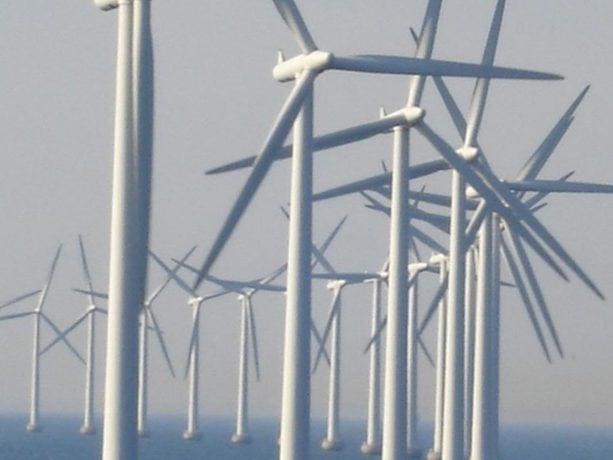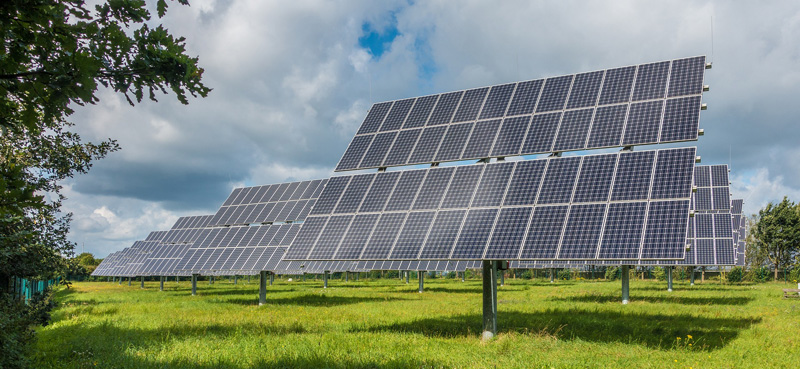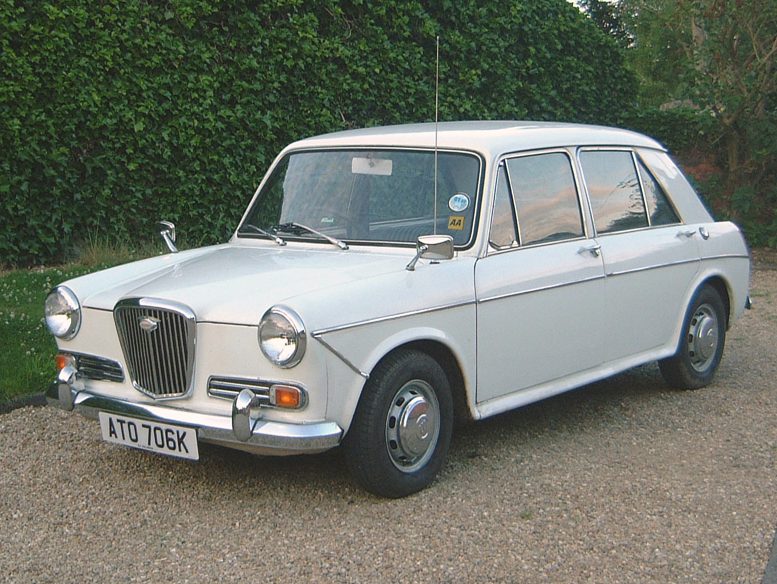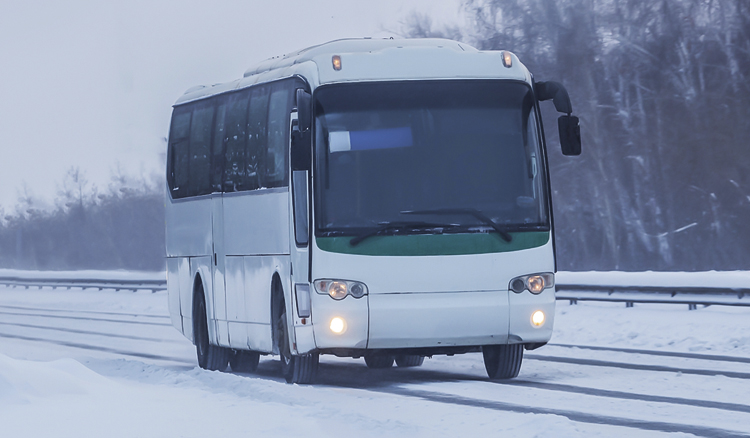FLOATING WIND FARMS FOR THE FUTURE

ARE FLOATING WIND TURBINES THE ANSWER TO RENEWABLE POWER?
Back in 2019, then-Prime Minister Boris Johnson promised 40 GW of UK offshore wind power by 2030. In early 2022, the Government raised that target to 50 GW, with an additional five GW from floating wind turbines. But are floating wind farms the solution to existing offshore power problems?
Many of us will be familiar with the sight of wind turbines. After all, there are more than 10,000 of the structures on land and at sea in the UK. In terms of efficiency, offshore wind turbines often have more favourable wind conditions, producing more electricity per turbine than their onshore counterparts.
But traditional offshore wind turbines have their limitations. Traditional offshore turbines are built onto a large steel column, fixed into a concrete foundation on the seabed. These can only be installed in relatively shallow waters, up to depths of around 60m. Not only does this limit the potential areas for turbine installations, it also means that the turbines have less access to the stronger winds that are often found further out to sea.
FLOATING FARMS
To capitalise on the stronger winds further out, floating wind turbines can be built instead. These are turbines built on huge floats, anchored to the seabed with weighted subsea cables.
Operating in much deeper water, floating wind farms make use of vast areas that were previously considered not suitable for offshore wind power. Being further out to sea also means that turbines can be a lot larger in size than their counterparts, producing even more electricity per turbine.
Kincardine, the world’s largest floating wind farm based in Scotland, has five operational floating wind turbines. Three cylindrical floats arranged in a triangular formation support each turbine, and pipes between the floats allow liquid ballast to be pumped around the structure. In this manner, the weight of the turbine can be shifted to stabilise it in harsh conditions, as well as orientating it for the wind direction.



